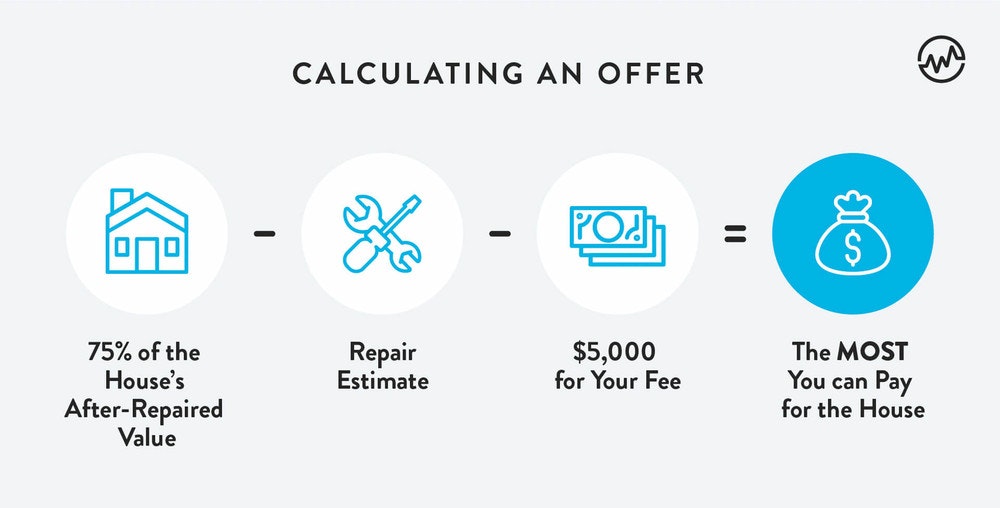
Introduction
Real estate investing is a popular way to build wealth . Real estate investors purchase, manage, and sell properties to create financial stability. This guide details what it means to be a real estate investor, covering different types of real estate investments, ways to succeed, and potential challenges.
Types of Real Estate Investments
1. Residential Real Estate
- Single-Family Homes: Properties designed for one family. These are common among novice investors due to their affordability and simplicity in management .
- Multi-Family Properties: Real estate that accommodates several families, like apartment buildings and multiplexes. They provide more rental revenue but require more management .
- Vacation Rentals: Homes leased for short stays, typically via sites like Airbnb. These can generate higher income but may have inconsistent occupancy and need more oversight.
2. Investing in Commercial Properties
- Office Buildings: Properties used for office rentals. They often have lengthy tenancy contracts, providing steady income .
- Retail Properties: Commercial spaces occupied by retail outlets. Success is dependent on tenant profitability.
- Industrial Properties: Facilities used for manufacturing and storage. These have extended contracts and low management needs .
3. Investing in Industrial Properties
- Warehouses: Buildings for storing products and supplies. Demand is driven by e-commerce growth .
- Manufacturing Facilities: Sites for the production and assembly of goods. These demand specific expertise for investment.
- Distribution Centers: Facilities for distributing goods. High demand in supply chain management .
4. Land
- Undeveloped Land: Raw land without any development. It offers speculative investment opportunities but can be speculative .
- Developed Land: Parcels that are development-ready. Requires substantial funds and expert knowledge .
- Agricultural Land: Property used for agricultural purposes. Offers long-term stability but requires understanding of agricultural trends.
Strategies for Real Estate Investing
1. Buy and Hold
- Overview: Buy real estate to rent and keep for an extended period to gain from rent and value increase.
- Pros: Regular income, tax incentives, and increased property value over time.
- Cons: Demands management effort, capital commitment, and market dependency.
2. Fix and Flip
- Overview: Purchase undervalued homes, refurbish them, and sell for profit.
- Pros: High profit potential in a short period, property improvement.
- Cons: Significant risk, needs renovation expertise, reliant on market conditions.
3. Wholesaling
- Overview: Find discounted properties, secure them under contract, and assign the contract to another buyer for a fee.
- Pros: Low capital requirement, quick turnaround, minimal property management.
- Cons: Needs to find sellers and buyers, lower profit margins.
4. Investing in REITs
- Overview: Invest in firms owning and managing real estate assets.
- Pros: Liquid investment, diversified portfolio, passive earnings, managed professionally.
- Cons: Volatile markets, limited investor control, how to wholesale real estate management fees.
5. Real Estate Crowdfunding
- Overview: Combine funds with others to invest in properties through online platforms.
- Pros: Affordable entry, diverse investments, involvement in significant projects.
- Cons: Lack of direct control, associated fees, inherent risks.
Steps to Becoming a Real Estate Investor
Education and Research:
Learn the Basics: Familiarize yourself with real estate dynamics, funding options, management, and strategies.
Networking: Engage with investment communities, participate in seminars, and network with seasoned investors.
Set Investment Goals:
Define Objectives: Set clear goals for your investments, whether for income, appreciation, or diversification.
Set Investment Goals
- Define Objectives: Determine your investment goals, such as income generation, capital appreciation, or portfolio diversification.
- Risk Tolerance: Understand your risk comfort level and pick strategies that match.
Develop a Business Plan
- Market Analysis: Analyze markets, property categories, and expected returns.
- Financing Strategy: Outline your funding strategy, considering mortgages, loans, and house wholesale savings.
Build a Team
- Key Professionals: Include real estate agents, attorneys, accountants, property managers, and contractors.
- Networking: Maintain and grow your network of helpful professionals.
Start Small
- Initial Investment: Begin with smaller properties or simpler projects to gain experience.
- Learn and Adapt: Adapt your approach based on lessons from initial investments.
Scale Up
- Growth: Gradually increase the size and complexity of your investments as you gain experience and confidence.
- Diversification: Broaden your investment portfolio with varied properties and areas.
Challenges and Risks in Real Estate Investing | Potential Challenges and Risks
1. Market Volatility
- Economic Factors: Real estate markets can be influenced by economic changes, interest rates, and government policies.
- Mitigation: Keep up with market trends and adapt your strategies.
2. Property Management
- Tenant Issues: Tenant problems, vacancies, and collecting rent can be difficult.
- Solutions: Hire a property management company or develop strong management skills.
3. Financing and Cash Flow
- Funding Challenges: Obtaining financing and ensuring cash flow stability can be hard.
- Strategies: Have a solid financing plan and maintain a reserve fund for unexpected expenses.
4. Legal and Regulatory Issues
- Compliance: Ensure your investments comply with local, state, and federal laws.
- Advice: Work with legal experts to understand and follow regulations.
Conclusion
Real estate investing offers numerous opportunities to build wealth and achieve financial goals . By learning various investment strategies , setting clear goals , and understanding potential challenges, you can thrive as a real estate investor . Whether you are a beginner or an experienced investor , staying informed and adaptable are key to reaching your investment goals .